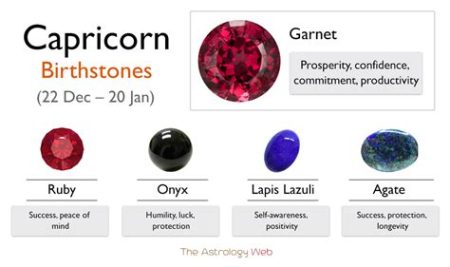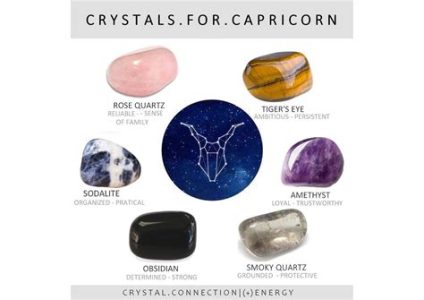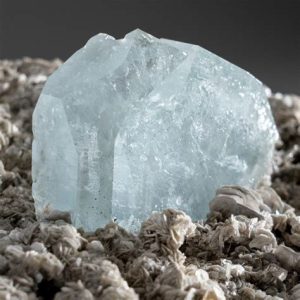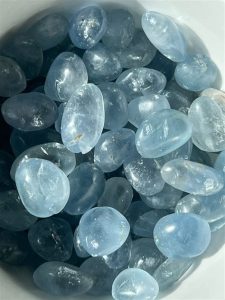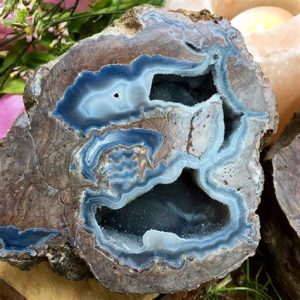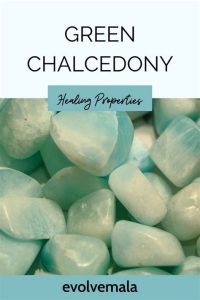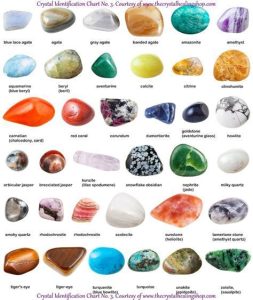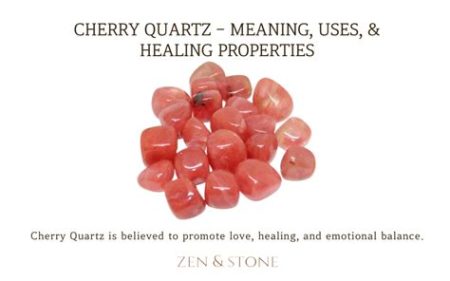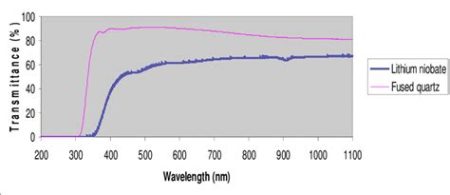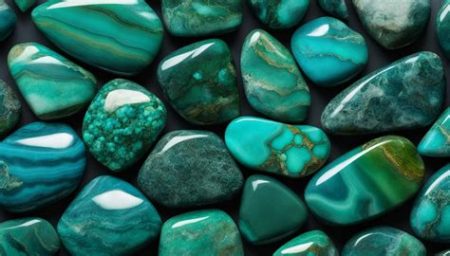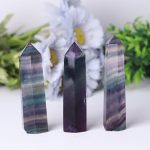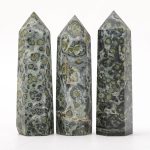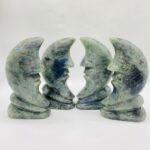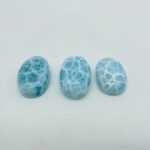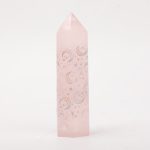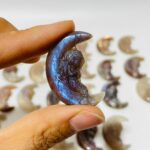Introduction
As the year 2025 approaches, the world of gemstones is abuzz with excitement over two captivating minerals: malachite and azurite. Both sharing an alluring green hue, these stones possess distinct characteristics that set them apart. In this comprehensive guide, we delve into the captivating world of these emerald twins, exploring their similarities, differences, and applications.

Mineralogy and Composition
Malachite
- Copper carbonate hydroxide mineral
- Formula: Cu2(CO3)(OH)2
- Mohs hardness: 3.5-4
- Density: 4.05 g/cm³
Azurite
- Copper carbonate mineral
- Formula: Cu3(CO3)2(OH)2
- Mohs hardness: 3.5-4
- Density: 3.77-3.89 g/cm³
Color and Appearance
Malachite
- Distinct banding or “peacock’s tail” patterns
- Deep green to blue-green hue
- Opaque
Azurite
- Deep sapphire blue
- Often with a vitreous luster
- Transparent to translucent
Formation and Occurrence
Malachite
- Forms in the oxidation zones of copper deposits
- Often found with azurite and other copper minerals
- Major sources: Russia, Congo, Namibia
Azurite
- Typically found in hydrothermal veins and oxidized copper ores
- Co-occurs with malachite and other copper minerals
- Major sources: Mexico, China, United States
Physical Properties
| Property | Malachite | Azurite |
|---|---|---|
| Mohs Hardness | 3.5-4 | 3.5-4 |
| Density | 4.05 g/cm³ | 3.77-3.89 g/cm³ |
| Cleavage | Perfect in one direction | Imperfect in two directions |
| Crystal Habit | Botryoidal, stalactitic, or massive | Prismatic, tabular, or massive |
Metaphysical Properties
Both malachite and azurite are believed to possess healing and metaphysical properties.
Malachite
- Represents transformation and spiritual growth
- Said to balance emotions and promote restful sleep
- Associated with the heart chakra
Azurite
- Embodies communication and intuition
- Enhances spiritual awareness and mental clarity
- Linked to the third eye chakra
Applications
Jewelry
- Both malachite and azurite are stunning gemstones used in jewelry, such as necklaces, earrings, and rings.
- Malachite is popular for its vibrant green hues, while azurite is prized for its deep sapphire blue.
Art and Decoration
- Malachite has been used for centuries in decorative items, including sculptures, vases, and furniture.
- Azurite is less commonly used in art due to its sensitivity to moisture.
Healing and Energy Work
- Practitioners of crystal healing often use malachite and azurite for their purported healing properties.
- Malachite is believed to promote emotional balance, while azurite is associated with spiritual awareness.
Emerging Applications
- Researchers are exploring the potential of malachite and azurite in various fields, including:
- Malachite nanoparticles for antimicrobial coatings and medical imaging
- Azurite nanomaterials for photocatalytic applications
Market Insights
- The global market for malachite and azurite is estimated to be around USD 1.5 billion.
- Demand for both stones is driven by their unique properties and applications in jewelry, art, and healing.
- Key market drivers include increasing consumer interest in natural gemstones and the rising popularity of crystal healing practices.
Future Trends and Improvements
- Sustainable Mining Practices: Greater focus on ethical and sustainable mining practices to ensure the preservation of these precious minerals.
- Synthetic Gemstones: Advancements in synthetic gemstone production may offer affordable alternatives to natural malachite and azurite.
- Innovative Applications: Continued research into the potential of malachite and azurite in emerging fields, such as nanotechnology and biotechnology.
Conclusion
Malachite and azurite are two captivating gemstones with unique characteristics that distinguish them from other emerald-hued minerals. Their allure extends beyond their visual appeal, as they are believed to possess healing and metaphysical properties. With growing demand and emerging applications, malachite and azurite continue to captivate the hearts and minds of gemstone enthusiasts worldwide. As the year 2025 approaches, the future of these emerald twins looks promising, with sustainability, innovation, and ethical practices paving the way for their continued relevance and appreciation.
Frequently Asked Questions
-
What is the difference between malachite and azurite?
– Malachite is a copper carbonate hydroxide mineral, while azurite is a copper carbonate mineral. -
Can malachite and azurite be found in the same deposit?
– Yes, they often occur together in copper-bearing rocks. -
What are the healing properties of malachite and azurite?
– Malachite is believed to promote emotional balance, while azurite is associated with spiritual awareness. -
How can I tell if malachite or azurite is real?
– Malachite will have a banding or “peacock’s tail” pattern, while azurite will have a vitreous luster and a deep sapphire blue color. -
How should I care for my malachite or azurite jewelry?
– Avoid exposing it to harsh chemicals or extreme temperatures. Clean it gently with a soft cloth. -
Are malachite and azurite suitable for all skin types?
– Some people may be sensitive to copper, so it’s best to test it on a small area of skin before wearing it for extended periods. -
Can I use malachite or azurite for meditation?
– Yes, they are believed to be beneficial for meditation and spiritual practices. -
What are the environmental concerns associated with malachite and azurite mining?
– Malachite and azurite mining can generate wastewater and dust, so it’s important to ensure that responsible mining practices are followed.

